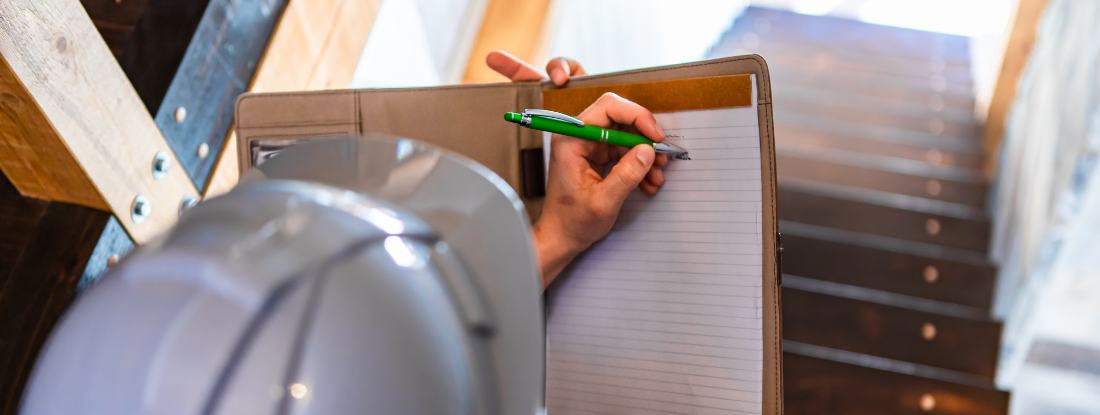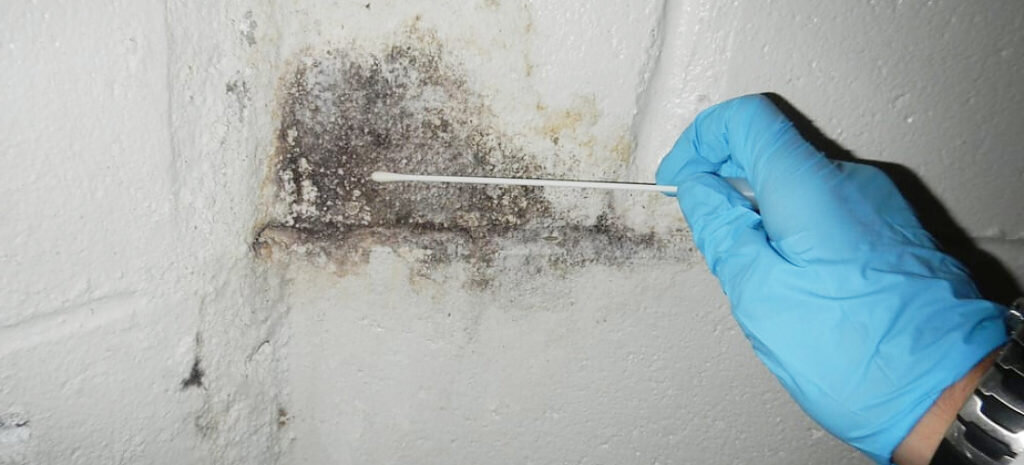Expert Tips for Article Mold And Mildew Remediation Success
In the world of mold and mildew removal, effectively removing mold is just half the battle; the true difficulty depends on preventing its reappearance. Post-remediation efforts play a vital role in making certain a mold-free setting in the lengthy term. By sticking to expert ideas and best practices, individuals can guard their spaces against mold and mildew revival and preserve a healthy and balanced indoor atmosphere. It remains in this phase of the removal process that interest to information and positive procedures genuinely make a difference.
Screen Moisture Levels Consistently
After completing mold removal procedures, maintaining ideal humidity degrees is essential to avoid mold and mildew re-growth and make sure a healthy and balanced interior setting. High humidity degrees over 60% create a helpful atmosphere for mold and mildew to flourish, making normal keeping track of a proactive procedure to protect against any kind of future mold concerns.
Furthermore, establishing a regular timetable for moisture checks, specifically in high-risk locations such as basements, washrooms, and kitchens, is a positive approach to mold and mildew avoidance. By constantly keeping an eye on moisture levels, residential or commercial property proprietors can properly mitigate the risk of mold and mildew reoccurrence and preserve a healthy interior atmosphere post-remediation.
Conduct Thorough Inspections Post-Remediation
Adhering to the completion of mold and mildew removal procedures, it is crucial to perform detailed evaluations to verify the efficiency of the removal procedure. These post-remediation evaluations are important in making certain that the mold and mildew issue has been successfully addressed which there is no reoccurrence or remaining mold and mildew development. Evaluations need to be performed by qualified experts who have competence in identifying mold and examining interior air top quality.
Throughout these inspections, different approaches such as aesthetic evaluations, air sampling, and surface area tasting might be used to thoroughly evaluate the remediated locations. Visual evaluations entail a thorough inspection of the premises to look for any visible indications of mold and mildew growth or water damages. Air sampling aids in determining the air-borne mold and mildew spore degrees, while surface tasting can discover mold and mildew fragments on surface areas.
Implement Proper Air Flow Approaches
After making certain the efficiency of the mold removal process through comprehensive examinations, the next vital action is to focus on carrying out proper air flow strategies. Adequate ventilation is vital in stopping mold reoccurrence by managing dampness degrees and advertising air blood circulation.
Correct air flow not only aids in protecting against mold growth but additionally adds to the More about the author overall wellness and convenience of browse around these guys residents. By making certain adequate air flow throughout the residential property, you can lower the risk of mold regrowth and develop a healthier living atmosphere. Normal maintenance of air flow systems, consisting of cleansing and filter substitutes, is critical to sustaining reliable ventilation. Consulting with cooling and heating specialists can supply more understandings right into maximizing ventilation techniques for your specific residential or commercial property needs.

Usage Mold-Resistant Materials for Services
To boost the long-lasting effectiveness of mold and mildew removal efforts, incorporating mold-resistant products for repair services is essential in alleviating the risk of future mold development. Mold-resistant products are developed to stand up to moisture and prevent mold and mildew development, making them an essential selection for locations susceptible to wetness and humidity. When fixing areas impacted by mold, utilizing products such as mold-resistant drywall, mold-resistant paints, and mold-resistant caulking can help stop mold reoccurrence.
Mold-resistant drywall is an outstanding option to conventional drywall in areas like bathrooms and cellars where moisture degrees are greater. When revealed to damp conditions, this kind of drywall has a special layer that withstands mold growth also. In addition, using mold-resistant paints containing antimicrobial representatives can even more inhibit mold and mildew growth on walls and ceilings.
In locations where wetness is typical, such as washrooms and cooking areas, making use of mold-resistant caulking around sinks, home windows, and tubs can aid my link secure out water and protect against mold from holding in cracks and gaps. By spending in these mold-resistant materials during repair services post-remediation, you can dramatically lower the probability of future mold problems and maintain a much healthier indoor setting.
Maintain Cleanliness and Address Water Issues
After mold and mildew removal, it is essential to keep a clean setting to protect against the regrowth of mold and mildew. Leaks, water intrusion, or high humidity levels can create the perfect reproduction ground for mold and mildew, so it is imperative to deal with any kind of water-related troubles promptly.
To preserve tidiness, consider using HEPA filters in vacuum cleaners and air cleansers to catch mold and mildew spores and prevent their blood circulation in the air. Making certain correct air flow in locations vulnerable to moisture accumulation, such as shower rooms and kitchens, can assist maintain humidity levels in check. By staying attentive concerning tidiness and addressing water concerns immediately, you can effectively protect against mold and mildew reinfestation and preserve a healthy interior atmosphere.
Verdict

In the world of mold remediation, efficiently eradicating mold is just half the fight; the real difficulty lies in stopping its reappearance. After completing mold and mildew removal treatments, maintaining ideal moisture levels is essential to avoid mold re-growth and ensure a healthy and balanced indoor environment. High moisture levels above 60% develop a favorable environment for mold to thrive, making routine monitoring an aggressive procedure to avoid any type of future mold and mildew problems.
To enhance the lasting effectiveness of mold removal initiatives, integrating mold-resistant products for fixings is crucial in reducing the danger of future mold growth. After mold removal, it is vital to preserve a clean environment to stop the regrowth of mold and mildew.